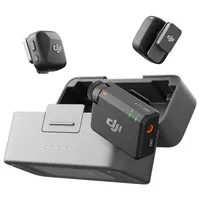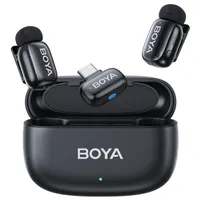TechRadar Verdict
The Insta360 Mic Air is a solid, affordable wireless mic that works particularly well for users of Insta360’s recently released X5 and Ace Pro 2 cameras. With no 3.5mm or Lightning connectivity, it’s not as versatile or feature-rich as some close competitors, but I have zero quibbles with its 24-bit sound quality, mounting options or ability to deaden wind noise.
Pros
- +
Small, feather-light TX with extensive mounting options
- +
Good sound quality
- +
Lots of wearing / mounting options
Cons
- -
Very Insta360-centric
- -
No charging case or 2x TX bundle
- -
No Lightning or 3.5mm connector options for RX
Why you can trust TechRadar
Insta360 Mic Air: two-minute review
Following in the footsteps of DJI, Rode, Saramonic, Hollyland and more, Insta360 brings us the Insta360 Mic Air, a compact, inexpensive wireless microphone designed with video creators in mind – particularly those who use the Insta360 X5 or Insta360 Ace Pro 2 action cameras.
The button-sized, ultra-lightweight Mic Air transmitter (aka the TX) can connect wirelessly to either of the above Insta360 cameras, either replacing or teaming up with the on-board mics. The idea is that it adds an instant upgrade to sound quality, offering 48kHz / 24-bit audio, optional noise reduction, and a furry attachable shield to cut down on distracting wind noise.
Having tested the Mic Air on a typically breezy day on the English coast, I’m very happy with the results. With the windshield carefully attached, the noise from occasional strong gusts was completely removed, as the video below illustrates. I say “carefully” because Insta360 has opted for a slightly unconventional method for attachment: the shield is mounted on a rubber ring that slips over the sides of the TX, and some care must be taken to ensure that it’s sited directly above the mic grille.
There’s also a form of noise reduction available, accessed by double-tapping the TX’s power button. It’s fairly effective, helping negate background drones and hums without overly distorting the final audio. You can also adjust the mic’s gain in the X5 or Ace Pro 2’s menu screens, and there’s an on-screen indicator while you’re recording to give you an at-a-glance view of the current gain.
Connected directly to the X5 or Ace Pro 2, the Mic Air has a short range – about 30 to 50m. But add the receiver (or RX) and things get a lot roomier, with the theoretical range going up to 300m (the real-world results are less thanks to interference and obstructions).
Note – at launch, the Mic Air is compatible with the X5 and Ace Pro 2 only. Insta360 says a firmware update is coming for the X4, while the Go 3 / 3S won't be compatible with it. The X3 and the Ace Pro aren't compatible either, but could be further down the line.
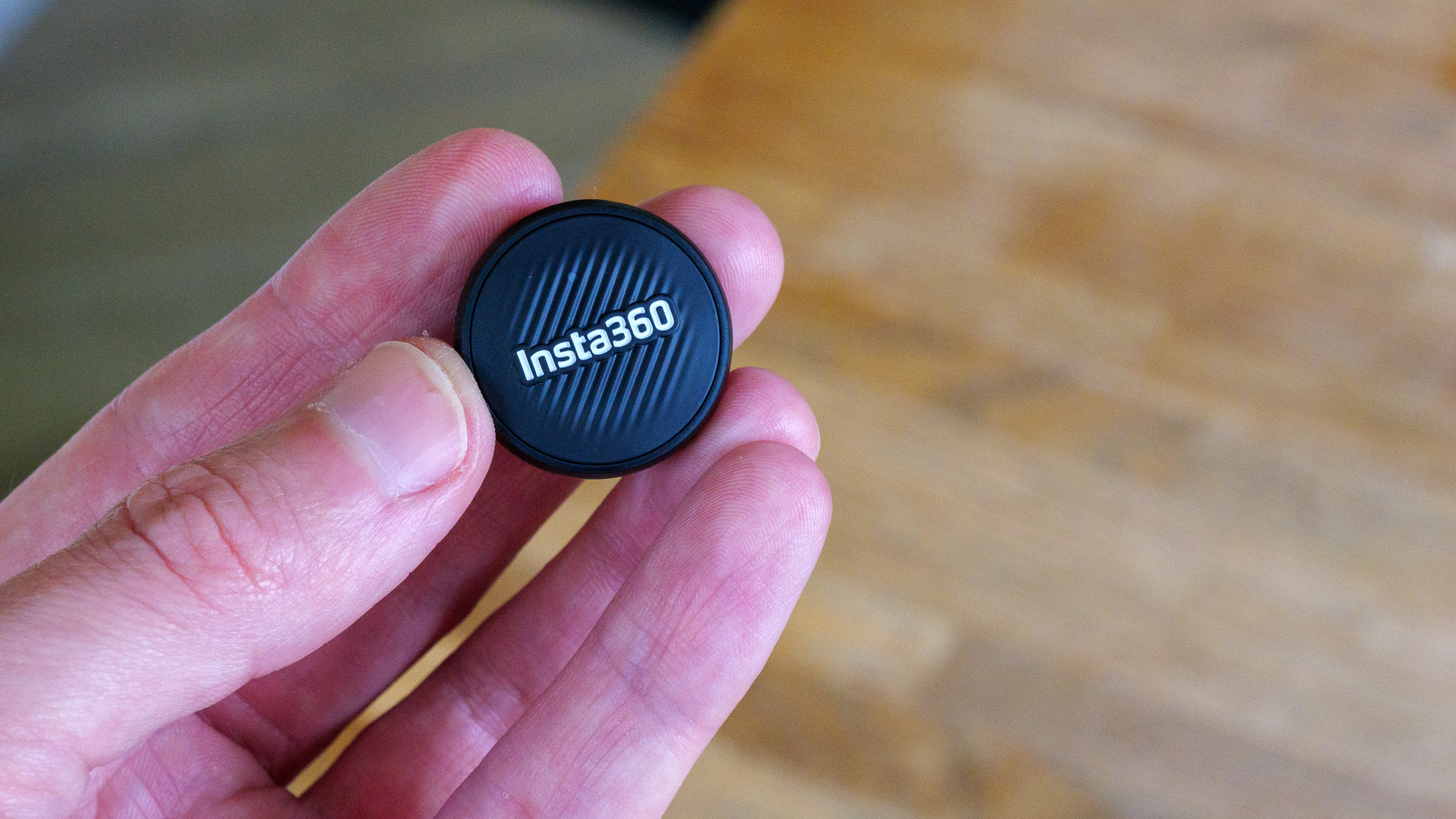
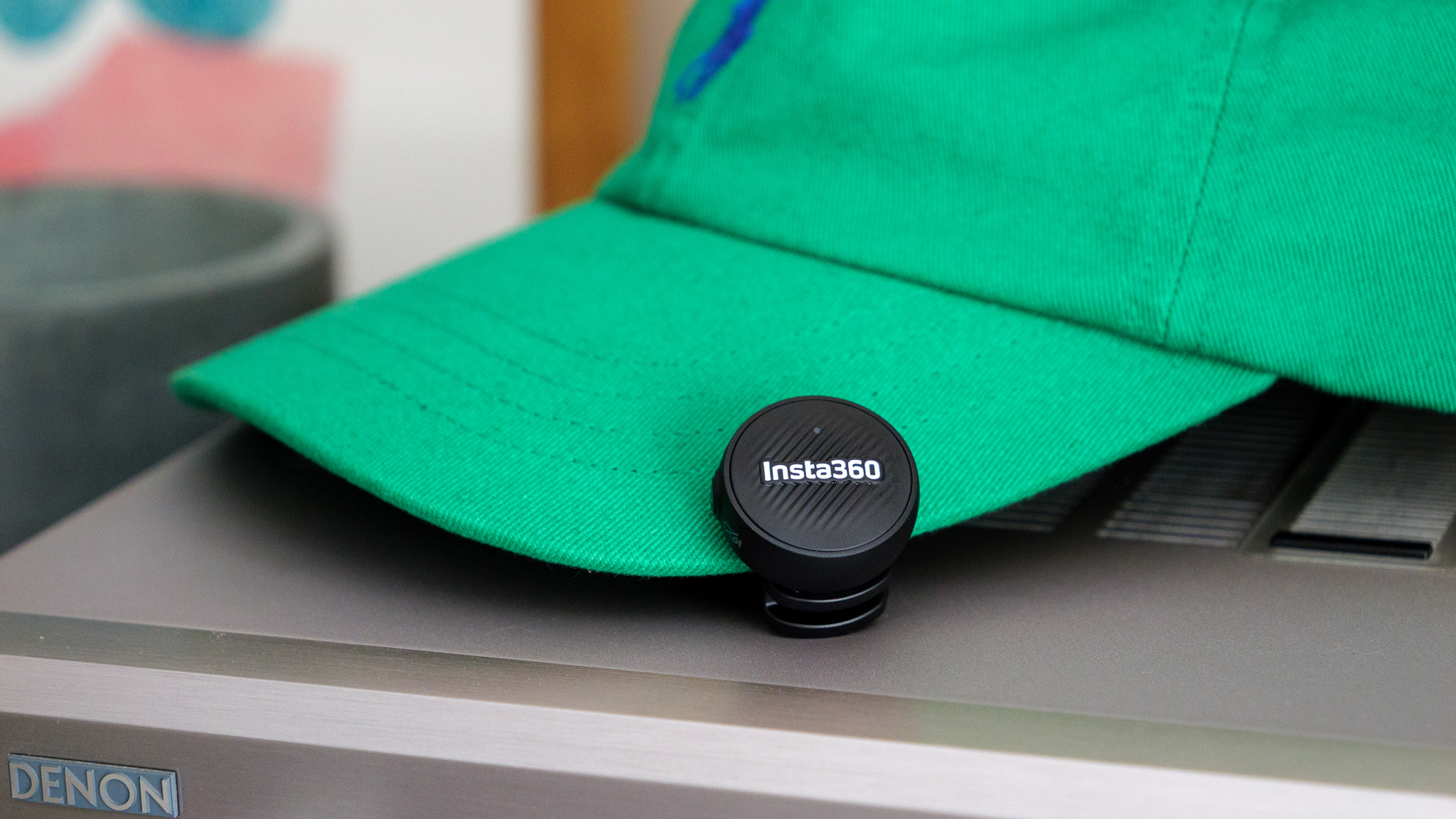
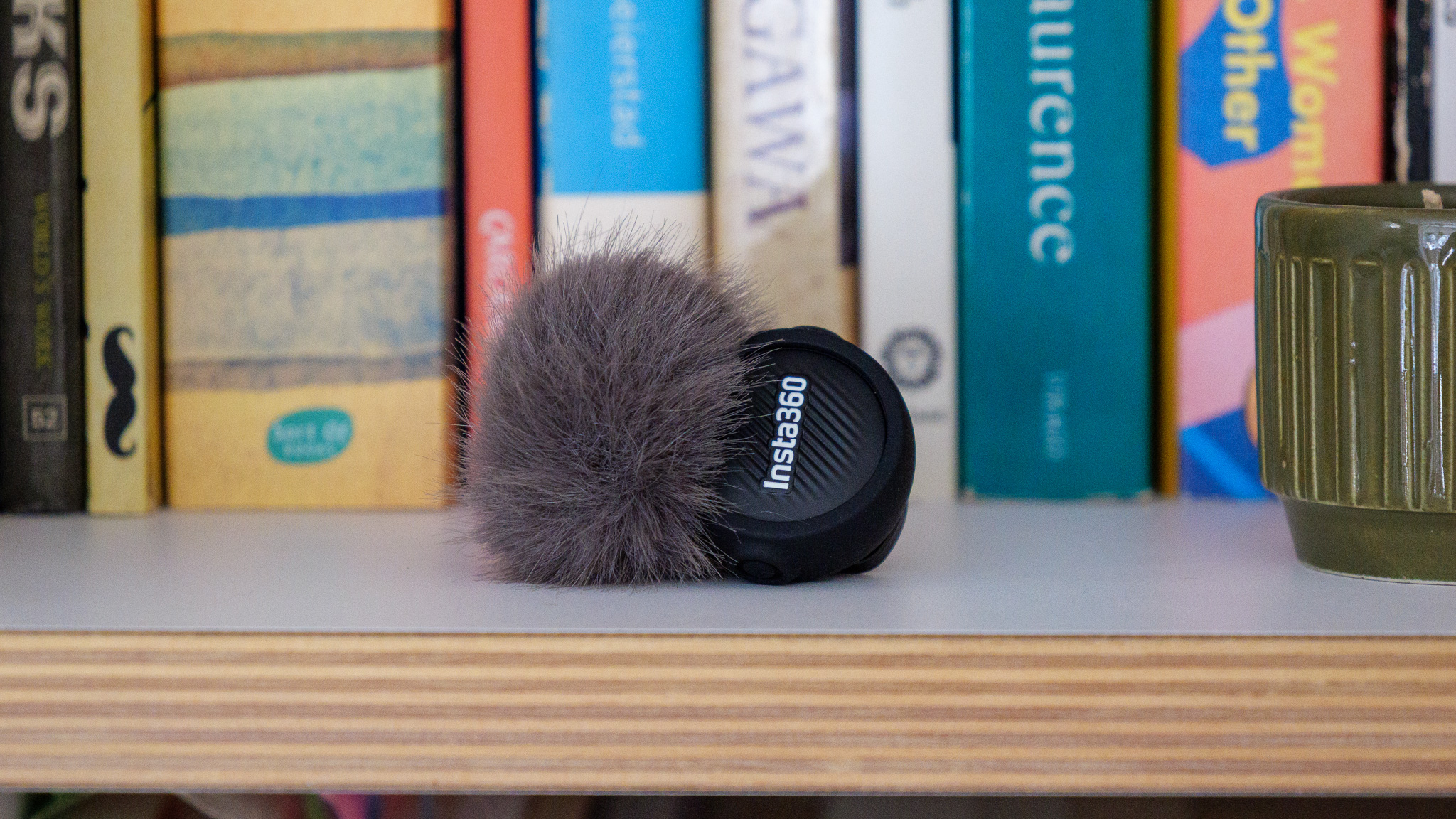
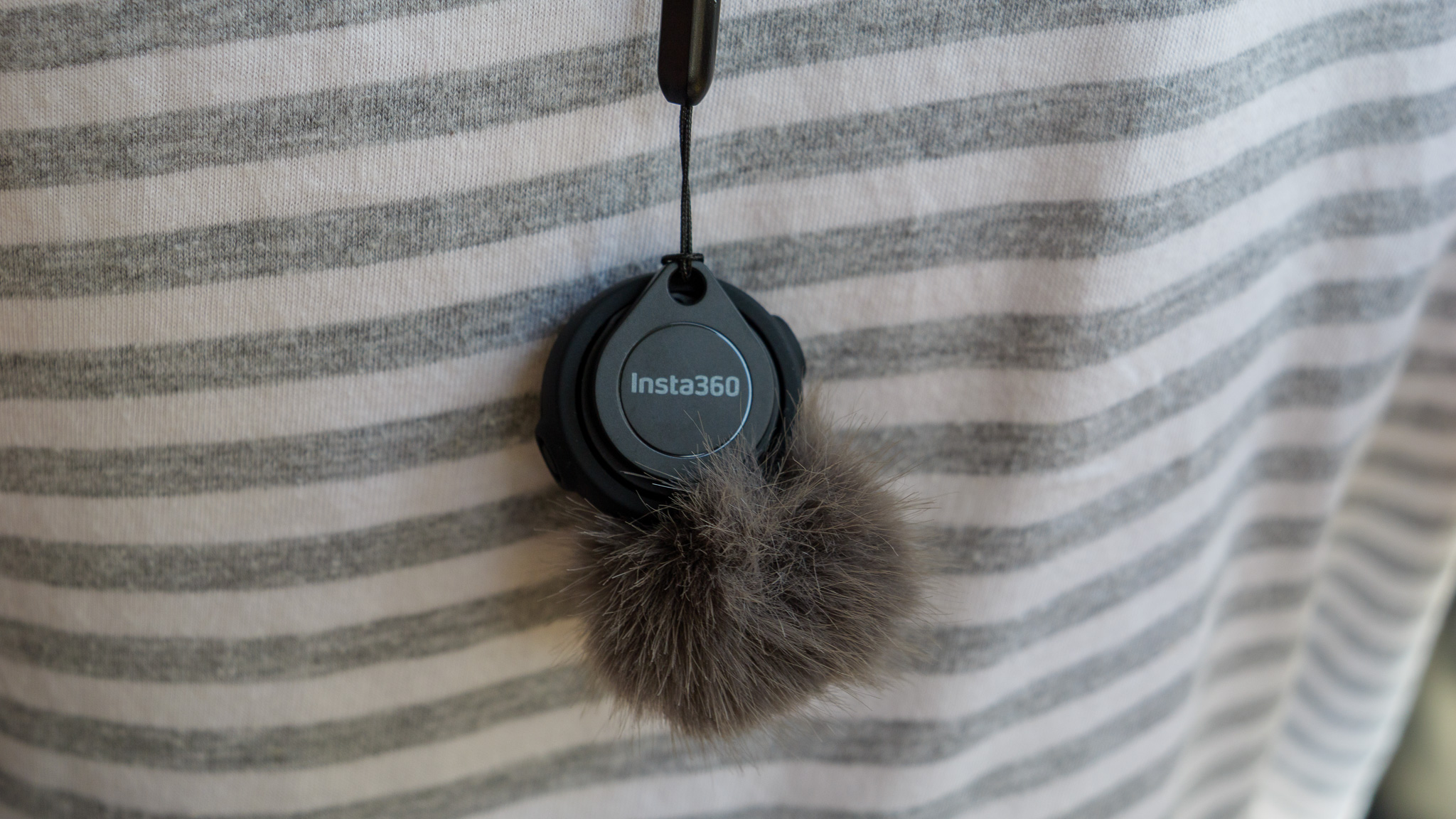
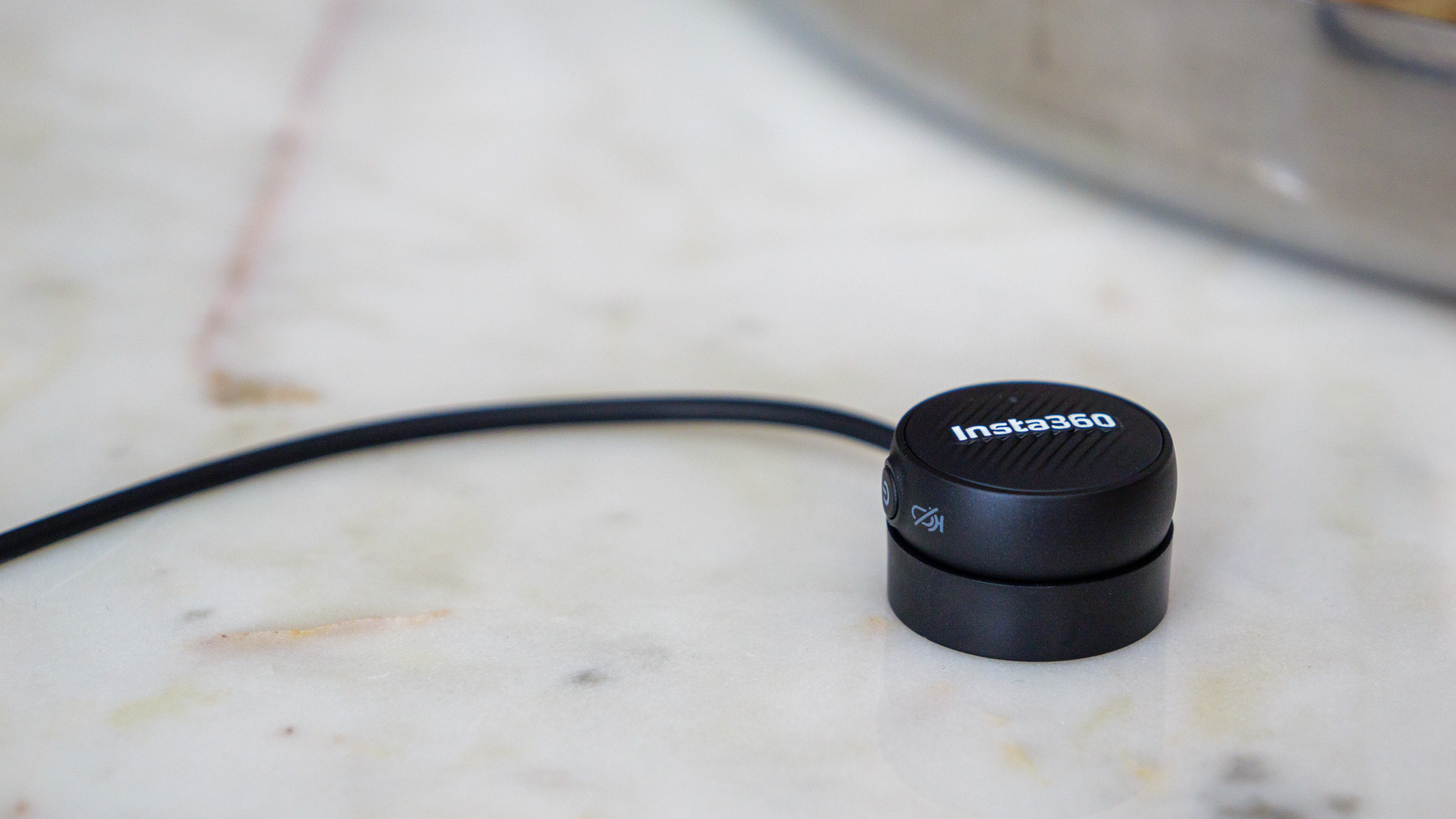
The receiver, which is also tiny and lightweight, has a USB-C connector that enables you to plug it into smartphones, tablets, laptops and other products, such as Insta360’s Flow range of smartphone gimbals. It then establishes a wireless connection with the transmitter, so that when you hit the record button on your device the audio recorded comes from the transmitter rather than your device’s own microphone.
Sign up for breaking news, reviews, opinion, top tech deals, and more.
I still use an older iPhone model with Lightning, so I wasn’t able to test this method on my smartphone (Insta360 has told me that a Lighting version is a definite possibility for the future). While I understand the decision not to offer a Lightning option at launch, it does leave some people out of the loop, as does the lack of a 3.5mm output for connection to cameras. Some other small, affordable mics, like the DJI Mic Mini and Fulaim X5M, offer wider connectivity.
I did, however, put the Insta360 Mic Air through its paces hooked up to an Android tablet, and found the audio quality a huge improvement over that offered by the built-in mic. You don’t have to use it just for video capture, either – it would also improve the quality of voice notes and recordings, Zoom calls, and anything else that requires the use of a mic.
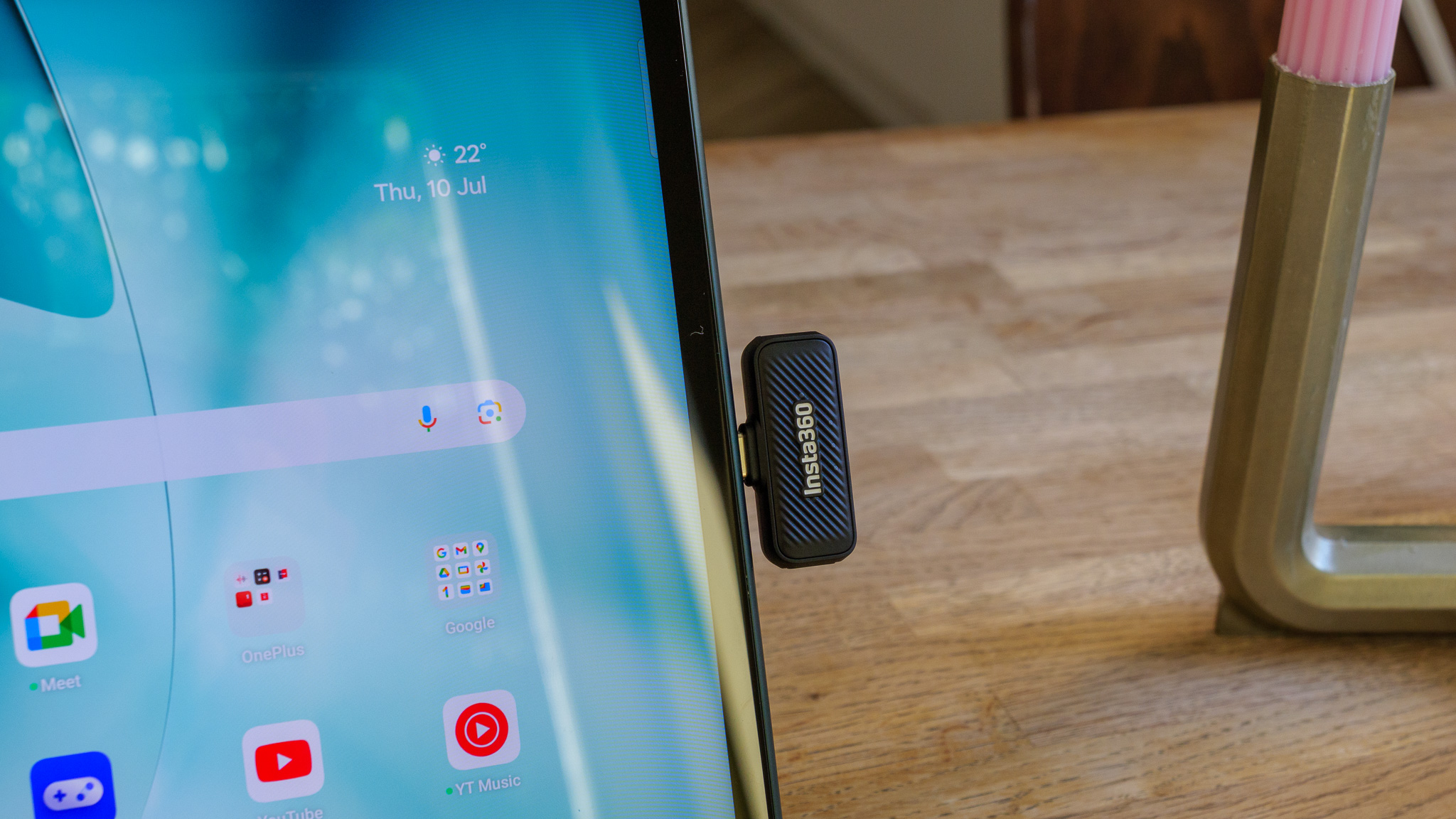
One thing Insta360 has done really well with the Mic Air is offer a variety of mounting options. In the box there’s a button magnet, which lets you attach the TX to thin clothing, as well as a clip magnet that can grip onto collars, lapels, bag straps and even cap brims. I’ve seen those with virtually every wireless mic I’ve reviewed, but here there’s also a magnet pendant, so the user can wear the TX around their neck. It’s nice to have that extra option.
The magnet also comes into use when recharging the TX battery, locking it into position on its charging plate. The charging plate uses USB-A, which surprised me a little in 2025 where USB-C is ubiquitous, but I doubt many people will struggle to find somewhere to plug it in.
On the subject of the battery, the TX offers about 10 hours of use on a full charge, which is a little less than the DJI Mic Mini’s 11.5 hours, but still very respectable.
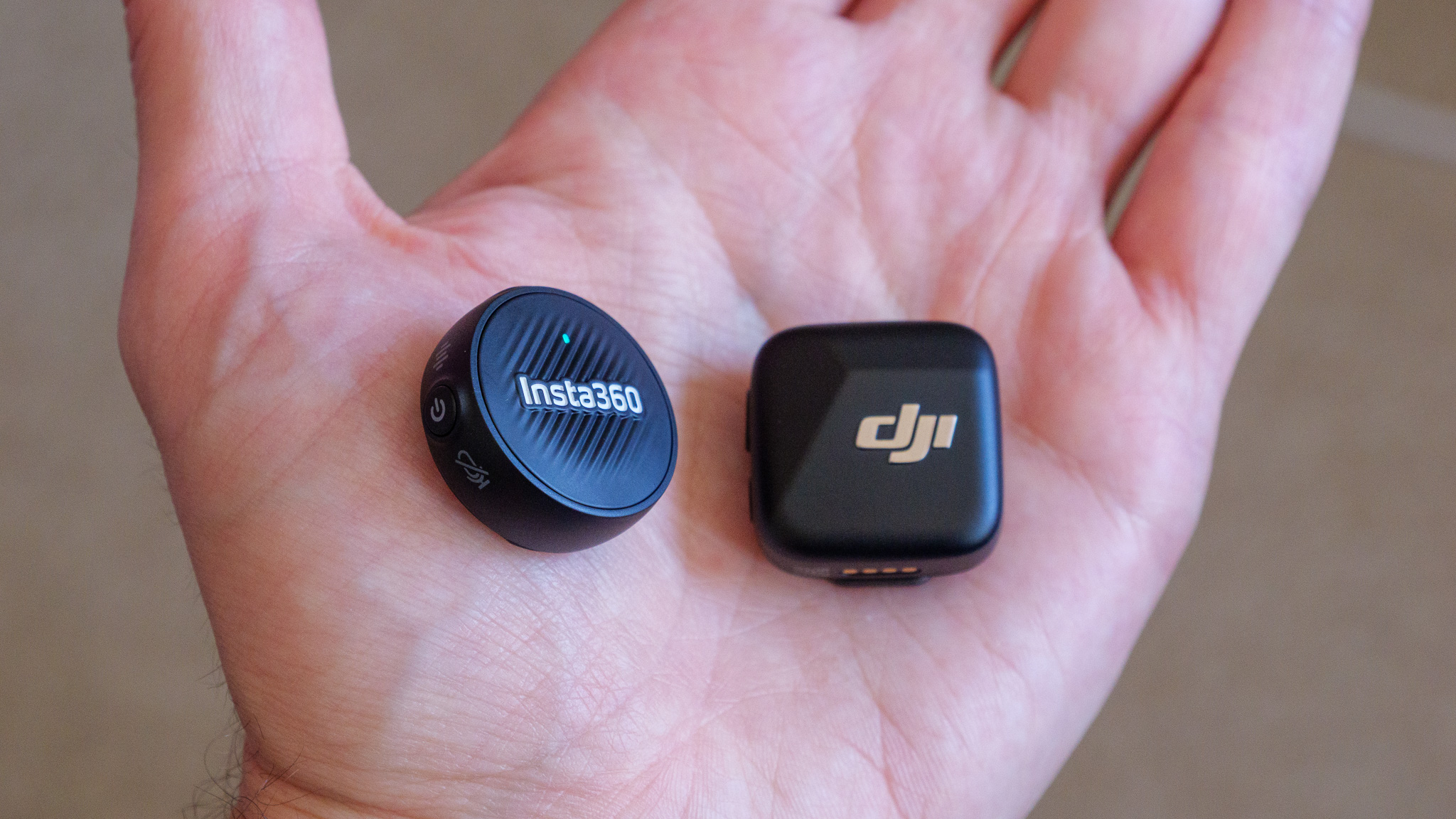
Insta360 Mic Air: specs
Dimensions: | 26.9 x 26.9 x 11.6mm / 1.3 x 1.3 x 0.6 inches (TX) |
Weight: | 7.9g / 3.7oz (TX) |
Range: | Up to 300m |
Connectivity: | USB-C |
Bluetooth: | Yes |
Battery: | Up to 10 hours |
Noise cancelling: | Yes |
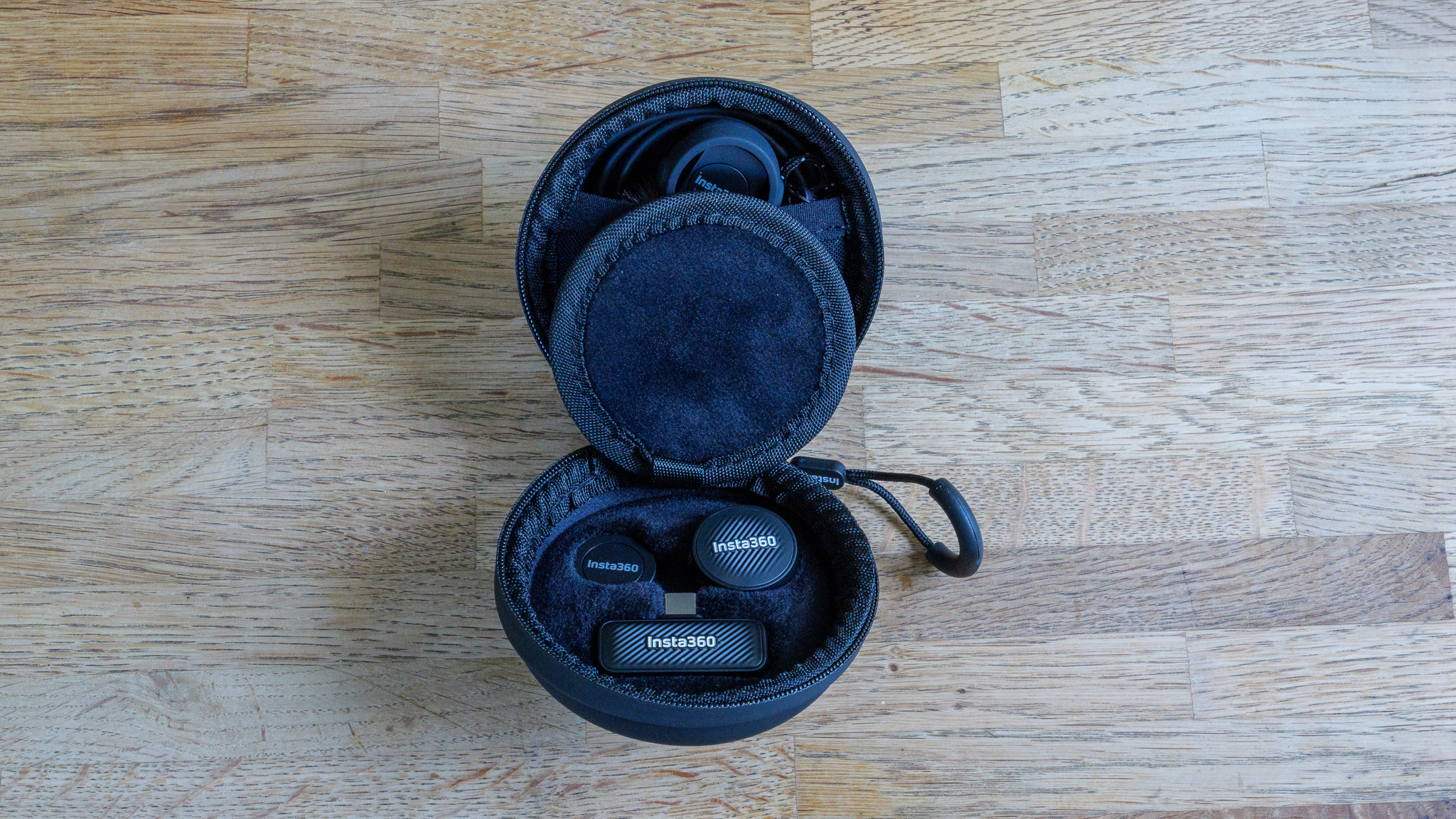
Insta360 Mic Air: price and availability
The Insta360 Mic Air is available now, with two options available. For buyers who own an Insta360 X5 or Ace Pro 2 camera and just need a mic transmitter to connect to it directly, the Mic Air Transmitter package costs $49.99 / £49.99 / AU$89.99. It comes with a single TX unit, charging base, button magnet, magnet pendant, clip magnet, windshield and carry case.
For those in need of more flexibility, there’s the Insta360 Mic Air (1 TX + 1 RX bundle), which includes all of the above plus one USB-C Receiver unit that can plug directly into smartphones, tablets, computers and more. This costs $69.99 / £69.99 / AU$129.99.
Insta360’s pricing seems very fair to me, although recent price drops have seen the DJI Mic Mini (1 TX + 1 RX) bundle fall to just $89 / £59 / AU$199, or £78 / $139 with a Lightning adapter. That’s probably a better deal than Insta360’s, if you can find it.
Should I buy the Insta360 Mic Air?
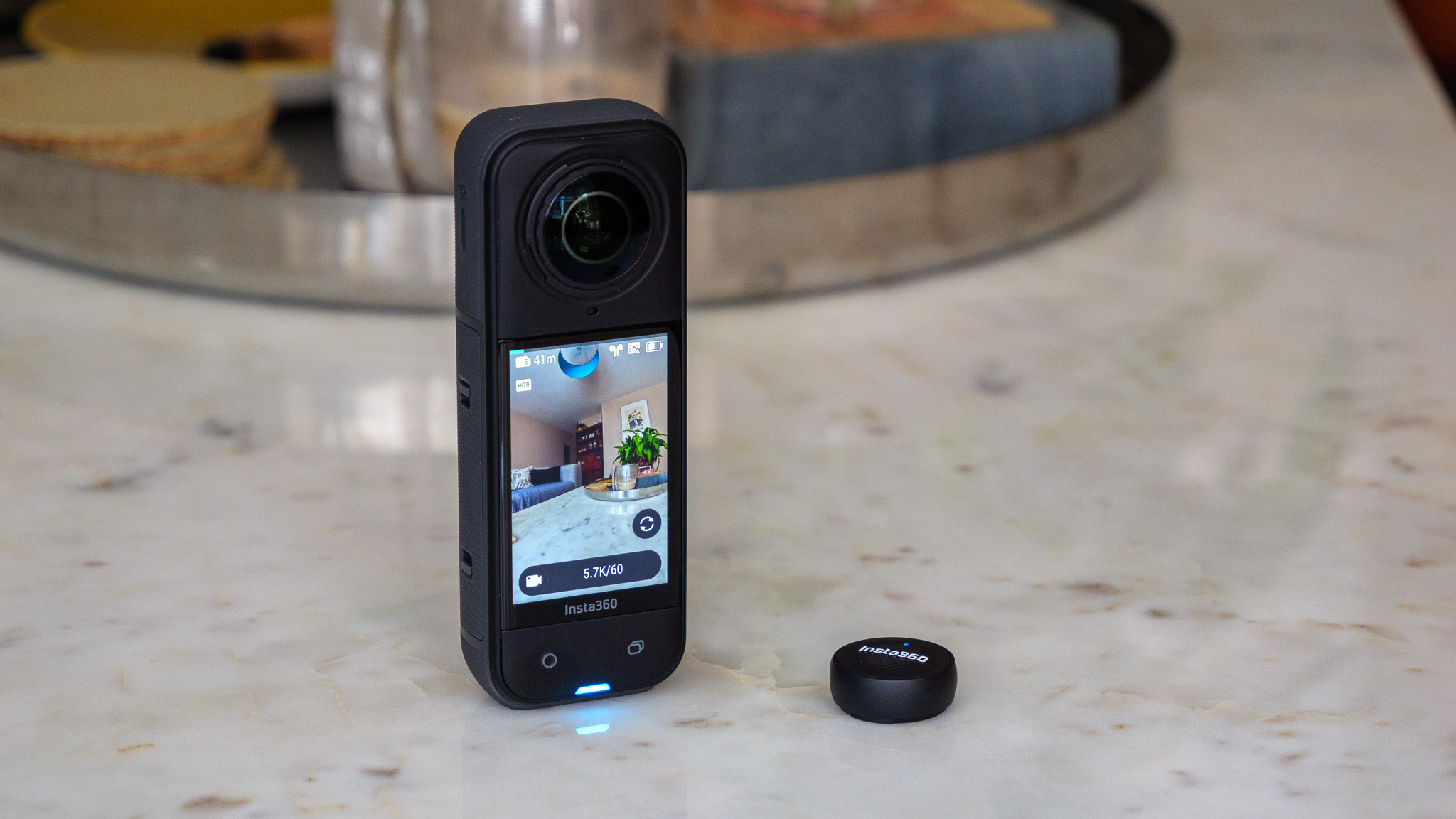
Buy it if...
You want to boost your X5 or Ace Pro 2's audio
Buying a single TX unit will hugely improve your action-camera audio at a low cost and with very little fuss.
You want the most mounting options
With a clip, button magnet and pendant in the box, there's no shortage of ways to wear the Mic Air.
Don't buy it if...
You need a flexible wireless mic
An RX unit adds some versatility, but with no 3.5mm or Lightning connectivity, the Mic Air isn't particularly versatile.
You want an all-in-one package
Unlike most rivals, you can't buy the Mic Air in a 2x TX, 1x RX and charging case bundle. In fact, there's no charging case accessory at all.
Insta360 Mic Air: also consider
DJI Mic Mini
The shrunk-down version of DJI’s ubiquitous wireless microphone is slightly more flexible than the Insta360 Mic Air, thanks to its RX unit supporting a 3.5mm input that lets it connect to cameras. In many other respects it feels similar, and the way it seamlessly works with certain DJI products mirrors the Mic Air’s compatibility with Insta360’s own most recent cameras.
Boya Mini
It might be 16-bit only and very plasticky, but the Boya Mini is still the best super-cheap wireless mic we’ve tested. It’s refreshingly quick and easy to set up and surprisingly reliable, and everything, windshields included, fits into the charging case for easy transport. You can pick up a full two-mic set (2x TX, 1x RX and the charging case) for less than one Mic Air TX.
How I tested the Insta360 Mic Air
- I used it for one week
- I tested it with an Insta360 X5 camera and Android tablet
- I used it indoors and outdoors
I tested a full production version of the Insta360 Mic Air over the course of a week, using it both with the Insta360 X5 and my OnePlus Pad Android tablet. With the X5, I went outside on both calm and windy days, vlogging with the setup as a means to test its wind-negating and noise-reduction capabilities.
First reviewed July 2025

Sam has been writing about tech and digital culture for over 20 years, starting off in video games journalism before branching out into the wonderful worlds of consumer electronics, streaming entertainment and photography. Over the years he has written for Wired, Stuff, GQ, T3, Trusted Reviews and PC Zone, and now lives on the Kent coast in the UK – the ideal place for a camera reviewer to ply their trade.
You must confirm your public display name before commenting
Please logout and then login again, you will then be prompted to enter your display name.

